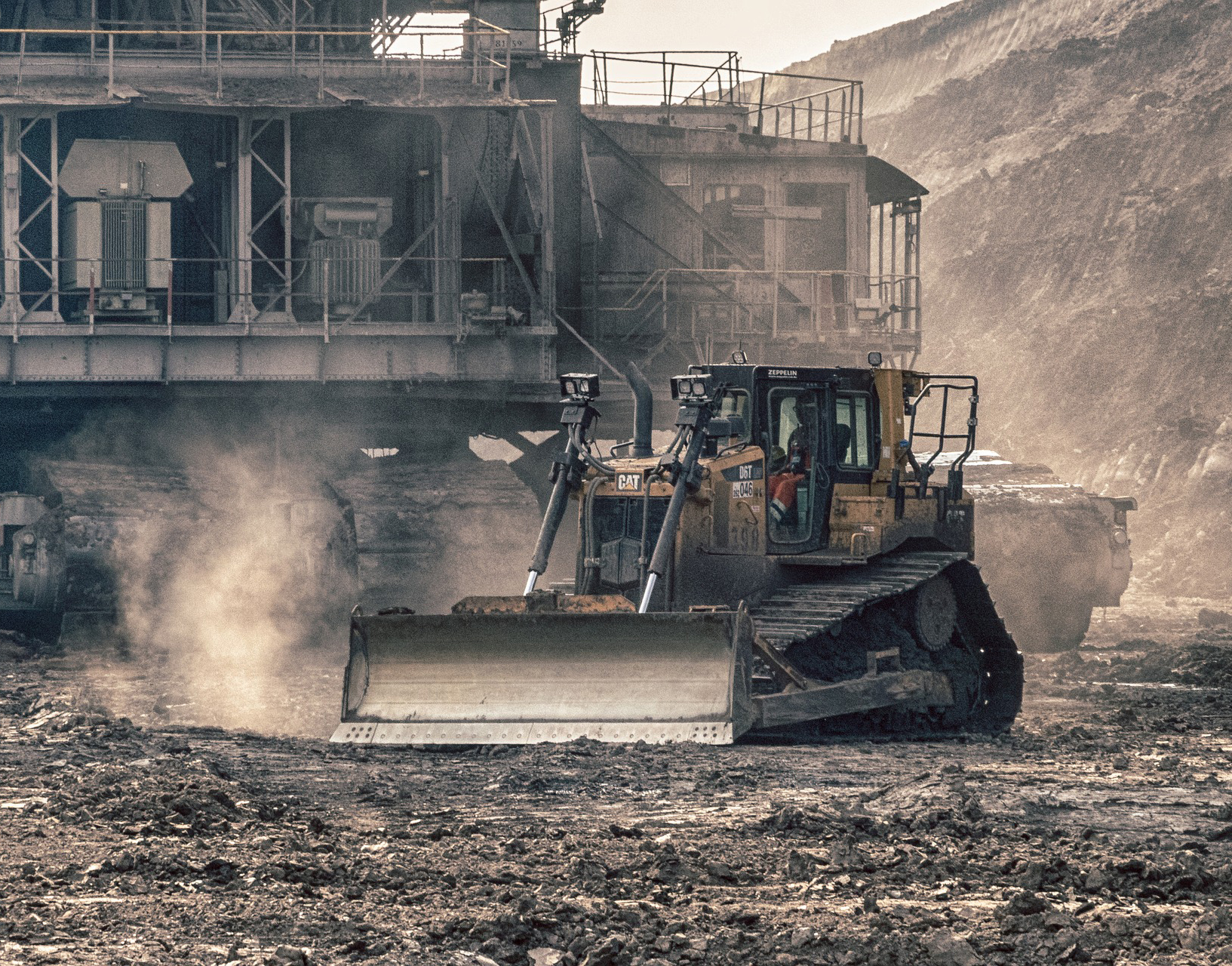The Future Now
Plan Drawings, O&M Manuals and other Machine Information Accessible in a Flash
The evolution of technical information
Nothing to be ashamed of! At one time drawings were put on paper so they could be stored in books, on rolls, in drawers, and could be transported from person to person. Blueprinting allowed drawings to be copied without the lengthy process of redrawing. Facilities needed rooms to store all the drawings and if information was needed people could access them. (If they could find them)
CAD (computer aided drawing/drafting) is the process of creating drawings digitally. This allowed drawings to be created and copied much faster than paper drawings. Facilities stored the electronic files in various places: On one individual’s computer hard drive, on network servers, and again on paper in rooms with books, rolls, and drawers. (Good luck again finding them)
Databases helped users find electronic files with number and word based text searches. That worked fairly well for text documents, but drawings posed a special problem. A typo in the query on either side could make the file very nearly impossible to find. Or maybe if the description is too simple the query could return hundreds of results!
No word or text searches are required. The user just drills down to the desired drawing or part information by clicking on views of the plant, line, machine, parts, etc. Thousands of drawings, manuals, machine or other information are accessible with a few clicks. Our cloud system is available anywhere a browser can be used including by mobile devices on the plant floor. If you want to go back to the 20th century and type in a text search we can do that too!




